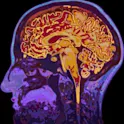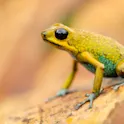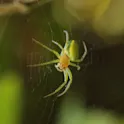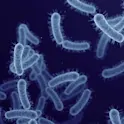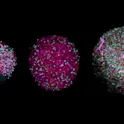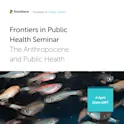
Health
23 Mar 2023
Frontiers in Public Health celebrates 10 year anniversary
Worldwide, human health is now better than ever before. We have a higher life expectancy and lower under-five mortality than any previous generations. However, all of these improvements in human health have come at a cost: the planet’s health. Most of these health improvements started in the Anthropocene — a geological epoch defined by human influence. The Anthropocene —thought to have started anytime between the Industrial revolution and World War II — has brought about a substantial increase in socio-economic standards but also a halt in biodiversity and climate change. Since human and planetary health are interlinked, it would be short-sighted to see them as independent. Understanding and promoting health for humans and the planet — and ensuring that there is a fine balance between economic growth and prosperity, as well as sustainable use of the Earth’s resources — is one of the biggest public health challenges of the 21st Century. The Anthropocene and the theory of “planetary boundaries” are the current background for environmental sciences and research on human health. However, such theories are still evolving and have some conceptual problems. For example, what is the aim of mitigation of environmental degradation or even “regeneration” of the planet, given […]



